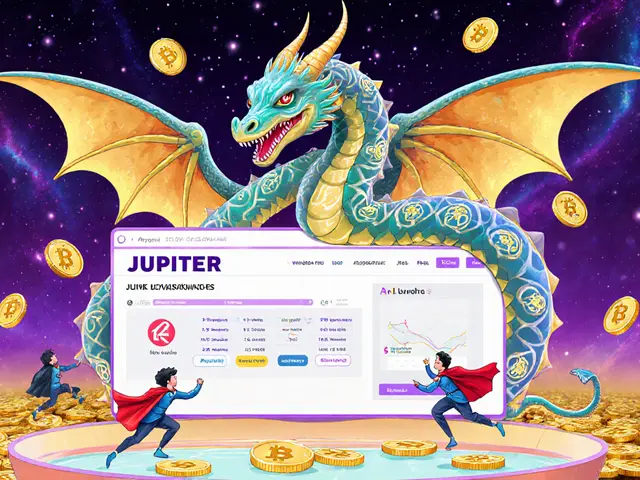Perpetual Futures Explained: How They Work and Why Traders Use Them
When you trade perpetual futures, a type of derivative contract that never expires and tracks the price of an underlying asset like Bitcoin or Ethereum. Also known as perps, they let you go long or short without owning the actual coin—making them the most popular way to trade crypto on platforms like Paradex, dYdX, and GMX. Unlike regular futures that expire on a set date, perpetuals stay open forever. They use a funding rate—a small payment exchanged between long and short traders every few hours—to keep the contract price close to the real market price. This keeps the system balanced without needing expiration dates.
Perpetual futures are built for traders who want leverage, the ability to control a large position with a small amount of capital. On many exchanges, you can trade with 10x, 50x, or even 100x leverage. That means a $100 deposit can control a $10,000 position. High leverage boosts profits—but it also wipes out accounts fast if the market moves against you. That’s why traders using decentralized exchanges, platforms like Paradex or ProtonSwap that let you trade without handing over your keys to a company need to understand risk management. These DEXs often offer zero fees and zk-privacy, which appeals to advanced traders who care about control and anonymity.
Perpetual futures aren’t for everyone. If you’re holding crypto long-term, you don’t need them. But if you’re actively trading—especially on chains like Starknet or Avalanche—you’ll run into them constantly. They’re the backbone of DeFi trading volume. You’ll find them on exchanges that prioritize speed, low fees, and deep liquidity. That’s why you see posts about Paradex, KyberSwap Classic (Avalanche), and GroveX all mentioning perps: they’re the main product people are using. But not all platforms are safe. Some have hidden risks: low liquidity, poor order matching, or even fake volume. That’s why reviews matter. You need to know who’s behind the exchange, how the funding rate works, and whether the platform has been audited.
What you’ll find below isn’t a list of the best perpetual futures exchanges—it’s a real-world look at what’s actually happening. Some posts expose fake projects pretending to offer perps. Others show how traders are switching from centralized platforms to decentralized ones for better privacy and control. You’ll see how zero-fee models are changing the game, how privacy tech like zk-SNARKs is making perps safer, and why some traders are walking away from high-leverage bets after losing everything. This isn’t theory. It’s what people are doing right now—with real money on the line.










